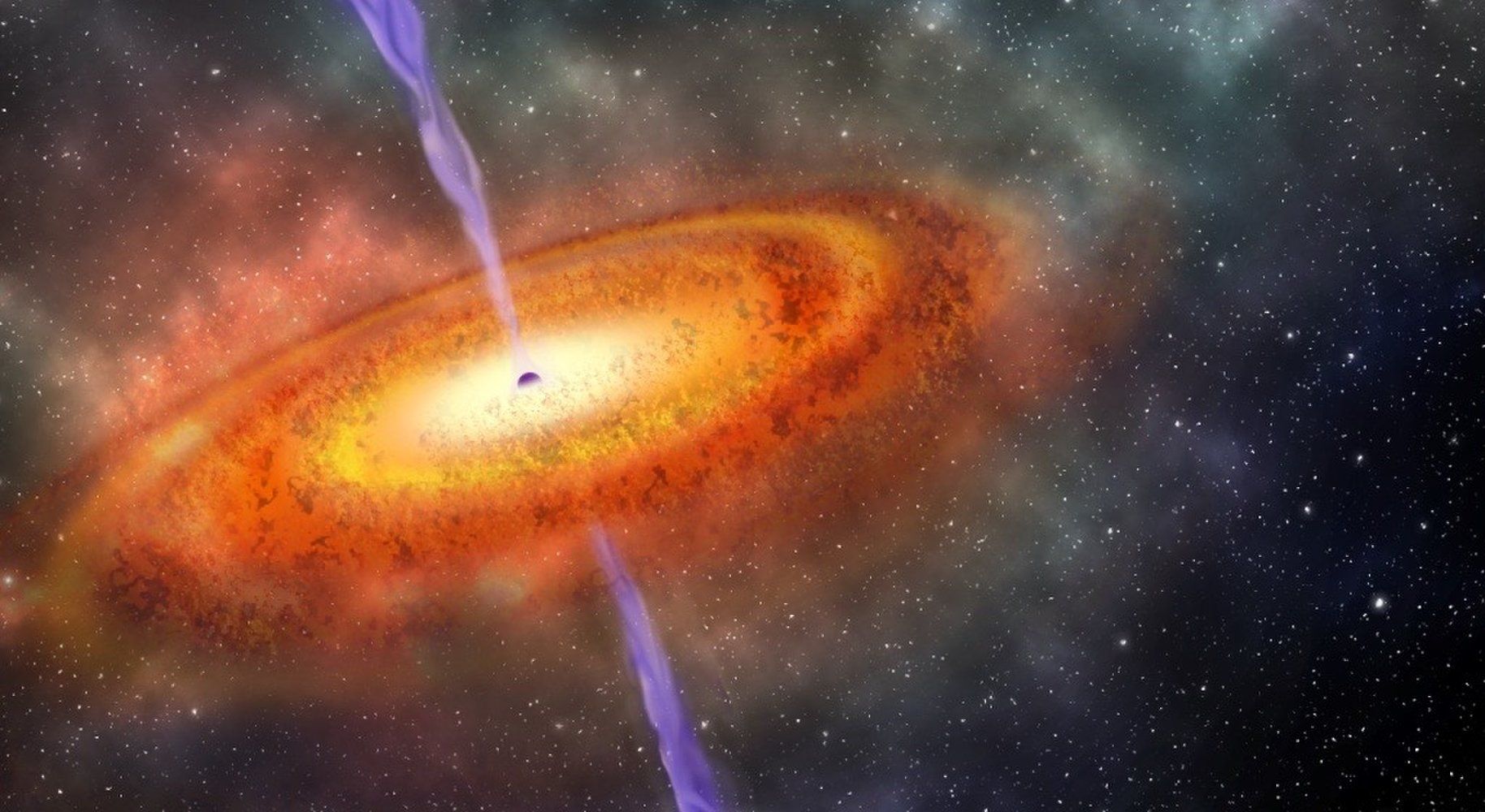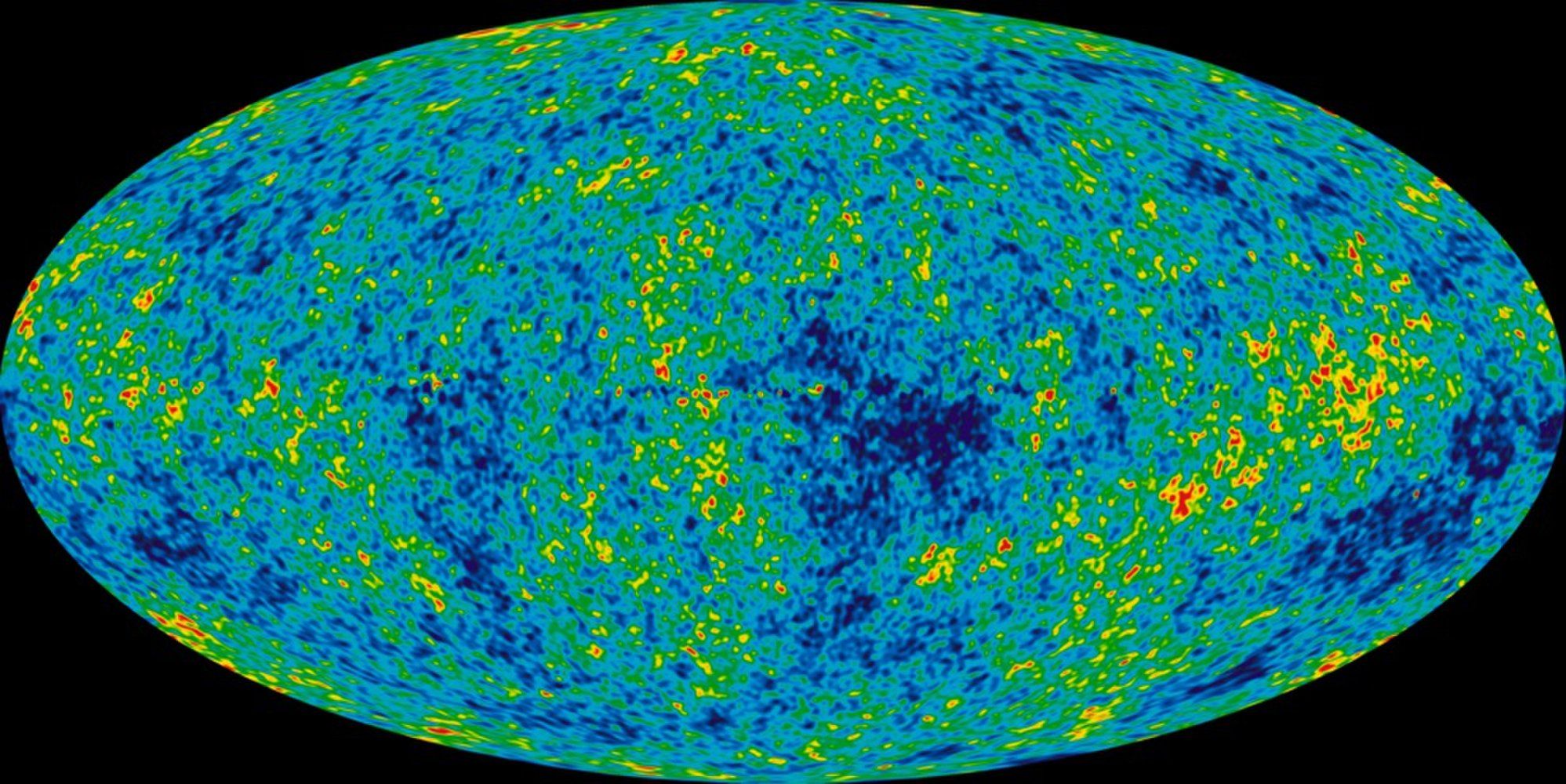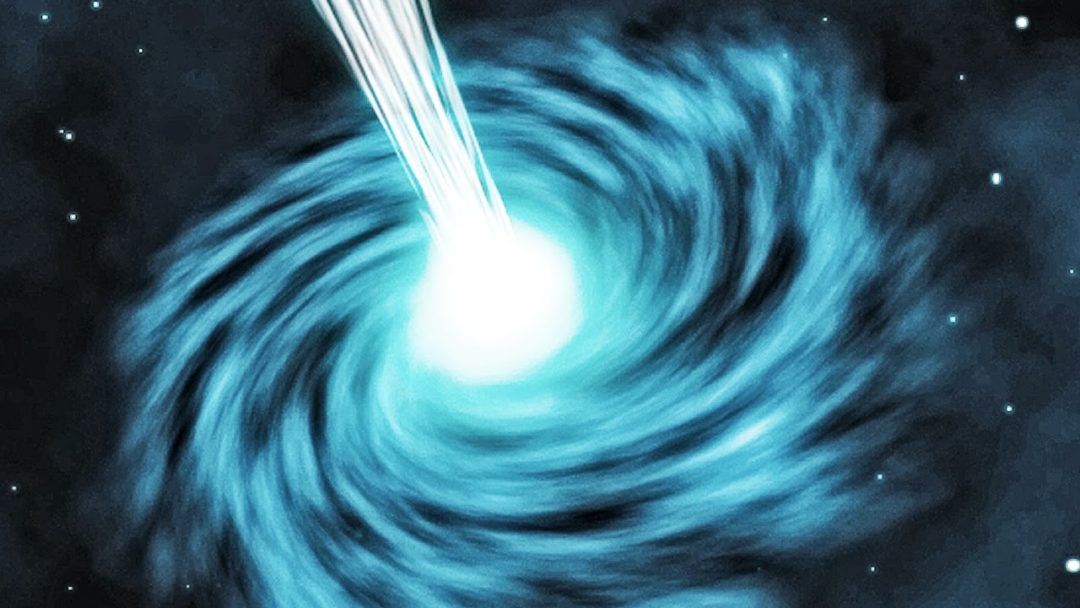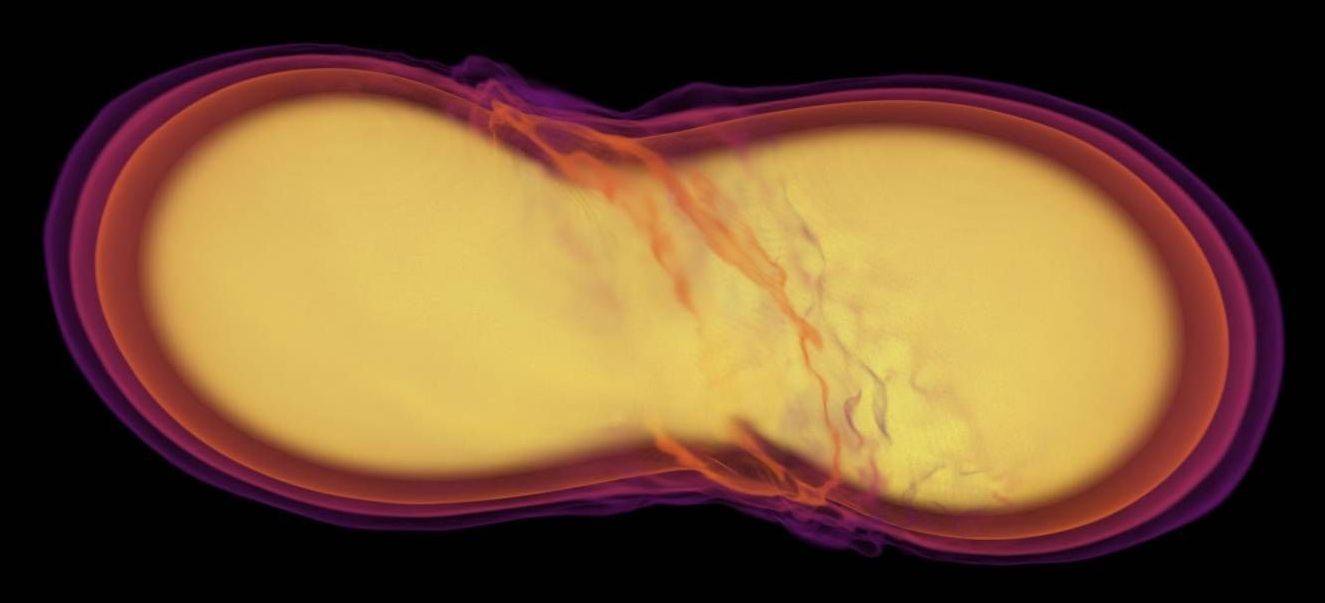Archive for the ‘cosmology’ category: Page 374
Dec 7, 2017
Oldest Monster Black Hole Ever Found Is 800 Million Times More Massive Than the Sun
Posted by Genevieve Klien in category: cosmology
Scientists have found the oldest, farthest monster black hole yet, one that grew to gargantuan proportions just 690 billion years after the Big Bang.
Dec 4, 2017
WMAP Team Wins $3 Million Breakthrough Prize in Fundamental Physics
Posted by Genevieve Klien in categories: cosmology, evolution, physics
A team of researchers who helped shape our understanding of the origin, evolution and nature of the cosmos is now $3 million richer.
Those folks worked on NASA’s WMAP space mission, which was awarded the 2018 Breakthrough Prize in Fundamental Physics today (Dec. 3) during a ceremony in Palo Alto, California.
From 2001 to 2009, WMAP mapped the cosmic microwave background (CMB) — the light left over from the Big Bang — with unprecedented precision. This work allowed scientists to nail down the age of the universe (about 13.8 billion years), its rate of accelerating expansion (roughly 70 kilometers per second per megaparsec) and its basic composition (about 5 percent “normal” matter, 24 percent dark matter and 71 percent dark energy). [Dark Matter and Dark Energy: The Mystery Explained (Infographic)].
Nov 27, 2017
A brief visit from a red and extremely elongated interstellar asteroid — By Karen J. Meech et. al. | Nature
Posted by Odette Bohr Dienel in category: cosmology
“Imminent upgrades to contemporary asteroid survey instruments and improved data processing techniques are likely to produce more interstellar objects in the upcoming years.”
Nov 16, 2017
Traveling back in time could be possible, physicist says
Posted by John Gallagher in categories: cosmology, particle physics, robotics/AI, time travel, transportation
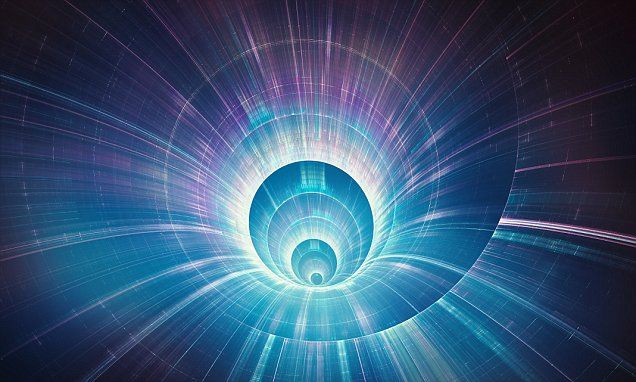
As the common tropes of science fiction continue to break out into reality, from humanoid robots to self-driving cars, there’s one concept that has seemingly remained beyond our grasp: time travel.
But, jumping through time might not be impossible, after all, according to one astrophysicist.
Continue reading “Traveling back in time could be possible, physicist says” »
Nov 15, 2017
Hypothetical White Holes Could Link us to Different Universes
Posted by Yugal Agrawal in categories: cosmology, physics
Black holes – everyone knows that they exist, but nobody really knows what they are exactly.
A lot of laws of physics seem to be ignored or omitted when it comes to black holes, so there always seems to be a missing link when it comes to understanding how they work.
BLACK HOLE Vs WHITE HOLE
Nov 12, 2017
Listen: Adam Savage interviews Natasha Vita-More
Posted by Lily Graca in categories: cosmology, evolution, neuroscience, transhumanism
The SYFY25: Origin Stories Podcast, hosted by Adam Savage (editor-in-chief, tested.com and former co-host of Mythbusters), is a nostalgic celebration of all things science fiction. In this podcast series Adam sits down with creators, thought-leaders, and celebrity fans to discuss the moments, people, and milestones that have changed the genre universe forever. From revealing personal anecdotes to deep philosophical discussions.
Transhumanist philosopher Natasha Vita-More chats with Adam and explains what transhumanism means for us regular humans, how it will impact the evolution of humanity, and close we are to uploading our brains into databases, ensuring our immortality.
Continue reading “Listen: Adam Savage interviews Natasha Vita-More” »
Nov 2, 2017
Neutron star merger confirms decades of predictions
Posted by Dan Kummer in categories: cosmology, physics
While black hole collisions produce almost no signature other than gravitational waves, the collision of neutron stars can be — and was — observed up and down the electromagnetic spectrum. “When neutron stars collide, all hell breaks loose,” said Frans Pretorius, a Princeton physics professor. “They start producing a tremendous amount of visible light, and also gamma rays, X-rays, radio waves…”
Princeton researchers have been studying neutron stars and their astronomical signatures for decades.
Oct 28, 2017
Artificial intelligence finds 56 new gravitational lens candidates
Posted by Saúl Morales Rodriguéz in categories: cosmology, information science, robotics/AI
A group of astronomers from the universities of Groningen, Naples and Bonn has developed a method that finds gravitational lenses in enormous piles of observations. The method is based on the same artificial intelligence algorithm that Google, Facebook and Tesla have been using in the last years. The researchers published their method and 56 new gravitational lens candidates in the November issue of Monthly Notices of the Royal Astronomical Society.
When a galaxy is hidden behind another galaxy, we can sometimes see the hidden one around the front system. This phenomenon is called a gravitational lens, because it emerges from Einstein’s general relativity theory which says that mass can bend light. Astronomers search for gravitational lenses because they help in the research of dark matter.
The hunt for gravitational lenses is painstaking. Astronomers have to sort thousands of images. They are assisted by enthusiastic volunteers around the world. So far, the search was more or less in line with the availability of new images. But thanks to new observations with special telescopes that reflect large sections of the sky, millions of images are added. Humans cannot keep up with that pace.
Continue reading “Artificial intelligence finds 56 new gravitational lens candidates” »
Oct 23, 2017
Newfound Wormhole Allows Information to Escape Black Holes
Posted by Dan Kummer in categories: cosmology, physics
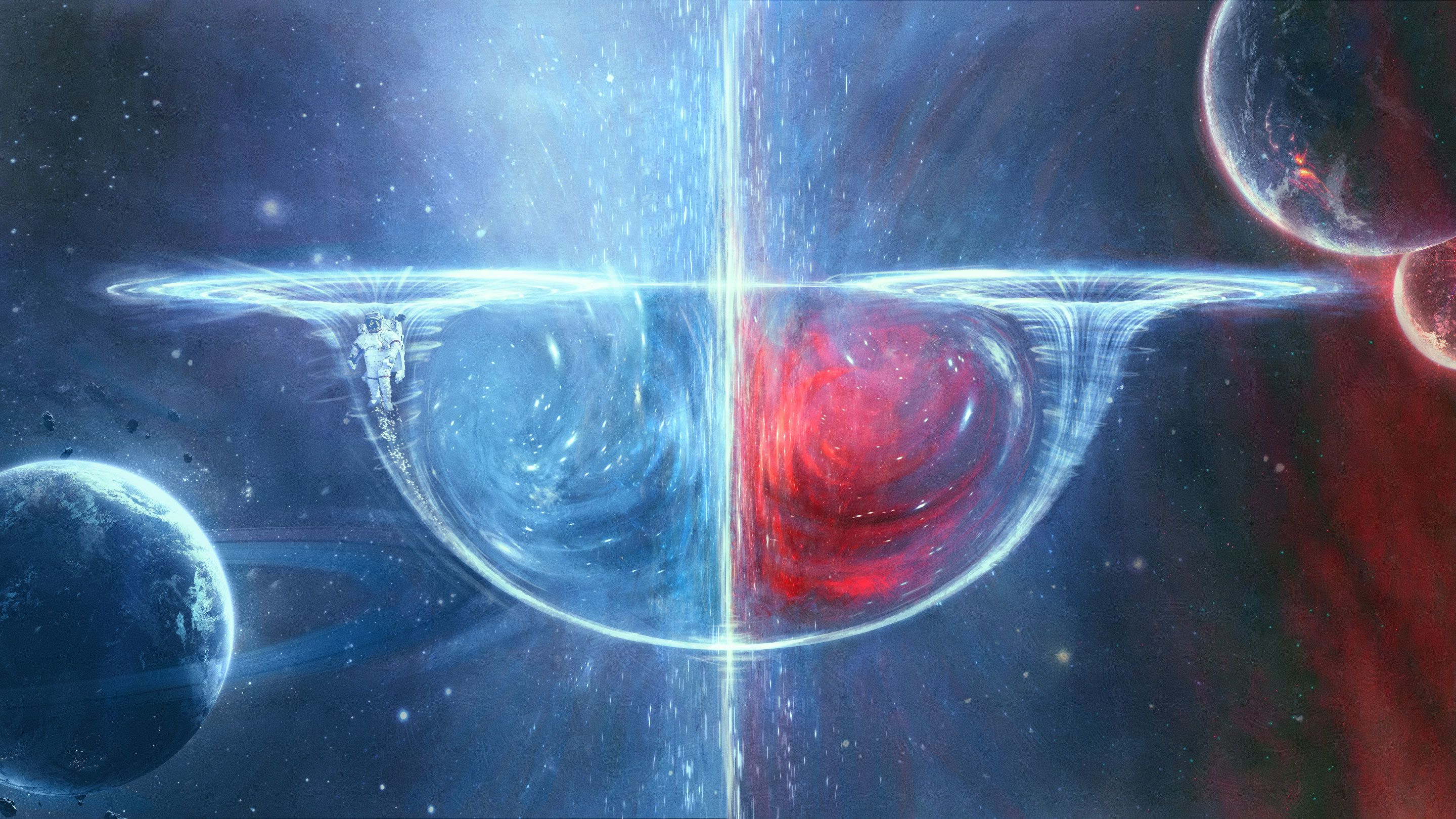
Physicists theorize that a new “traversable” kind of wormhole could resolve a baffling paradox and rescue information that falls into black holes.

